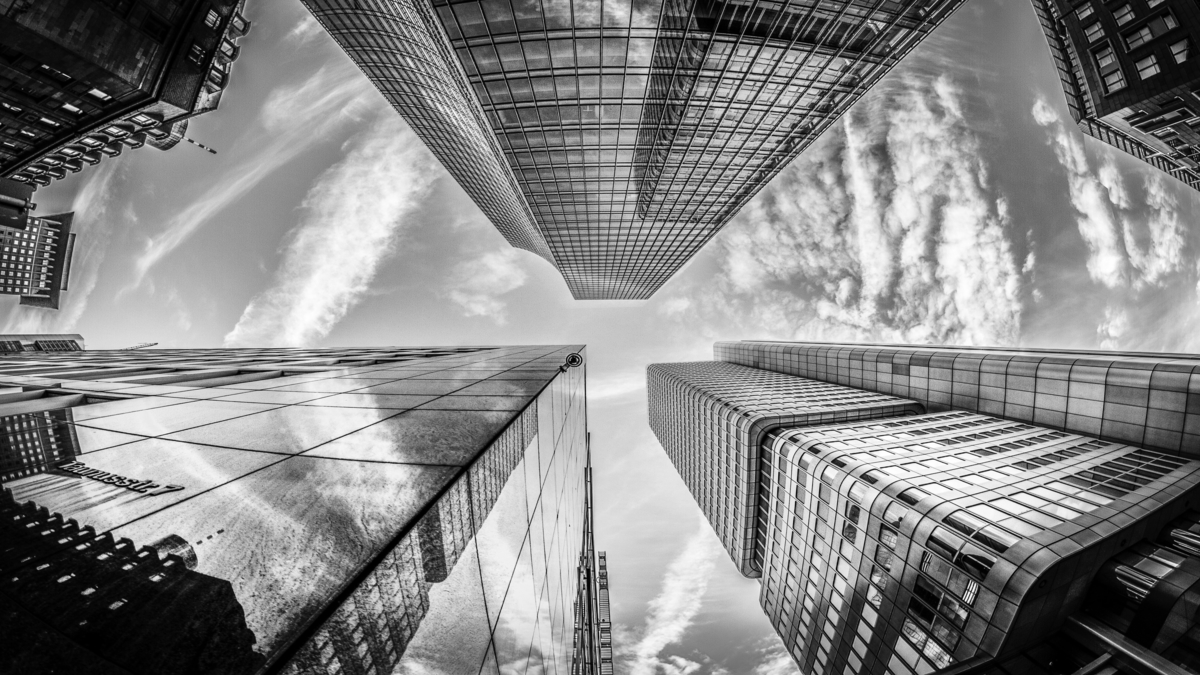
The towering skyscrapers that grace the skylines of our modern cities are more than just architectural marvels; they are the result of a fascinating interplay between engineering innovation and the relentless march of advancing technology. In this exploration, we will uncover the pivotal role that technology has played in making the skyscraper possible, shaping the way we build, live, and work in our urban environments.
The Birth of the Skyscraper
Before we delve into the technological advancements that made skyscrapers possible, let’s understand the origins of these iconic structures.
1. A Symbol of Ambition
Skyscrapers are, in many ways, a symbol of human ambition and the desire to conquer new heights, both literally and metaphorically.
2. The Challenge of Urbanization
Rapid urbanization in the late 19th and early 20th centuries created a demand for space in cities, leading to the need for taller buildings.
3. Limitations of Traditional Construction
Traditional building materials and techniques had their limitations, which were quickly becoming apparent as cities grew upwards.
Advancing Technology and the Skyscraper Revolution
The skyscraper revolution was made possible by a series of technological advancements that transformed the way we build tall structures.
1. Steel Framing
One of the most significant breakthroughs was the use of steel framing in construction. Steel’s strength and flexibility allowed for taller and more stable buildings.
2. Elevator Technology
The invention and improvement of elevator technology were crucial. Without efficient vertical transportation, skyscrapers would be impractical.
3. Improved Construction Techniques
Construction techniques evolved, with the introduction of reinforced concrete and more efficient methods for pouring and setting the foundations.
The Role of Structural Engineering
Structural engineering plays a pivotal role in skyscraper construction, leveraging technology to overcome the challenges of height and stability.
1. Load-Bearing Systems
The development of load-bearing systems, where the weight of the building is distributed through the framework, was a game-changer.
2. Wind Resistance
Skyscrapers are subjected to strong wind forces. Technological advances in wind engineering and aerodynamics have made it possible to design buildings that can withstand these forces.
3. Seismic Resilience
In earthquake-prone regions, technology has enabled engineers to design skyscrapers with advanced seismic resilience, protecting occupants during tremors.
Sustainable Skyscrapers
In the modern era, advancing technology has brought sustainability to the forefront of skyscraper design and construction.
1. Green Building Materials
New materials that are eco-friendly and energy-efficient have become readily available, reducing the environmental footprint of skyscrapers.
2. Smart Building Systems
Skyscrapers are equipped with advanced smart systems that optimize energy use, lighting, and climate control, increasing energy efficiency.
3. Vertical Greenery
Skyscrapers incorporate vertical greenery and gardens that not only improve aesthetics but also contribute to air quality and reduce heat in urban areas.
The Role of Digital Technology
Digital technology, particularly in the form of Building Information Modeling (BIM), has transformed the way skyscrapers are designed and constructed.
1. Precise Design
BIM allows for precise 3D modeling, enabling architects and engineers to visualize every aspect of a building before construction begins.
2. Improved Collaboration
Collaboration between different teams involved in skyscraper construction has become more efficient, reducing errors and delays.
3. Real-Time Monitoring
Once a skyscraper is built, digital technology allows for real-time monitoring of its performance and the efficient management of its systems.
The Future of Skyscrapers
As advancing technology continues to progress, skyscrapers are set to undergo even more remarkable transformations.
1. Vertical Farms
Skyscrapers are being designed to incorporate vertical farms that can help meet the increasing demand for food in urban areas.
2. 3D Printing
The advent of 3D printing technology is poised to revolutionize skyscraper construction, making it faster and more cost-effective.
3. Skybridges
Advanced materials and construction techniques are making it possible to create skybridges that connect skyscrapers, creating unique urban ecosystems.
The Global Impact
Skyscrapers are no longer limited to a few iconic cities. They have become a global phenomenon, reshaping urban landscapes worldwide.
1. Iconic Landmarks
Skyscrapers have become iconic landmarks in cities like New York, Dubai, and Shanghai, defining their identities.
2. Vertical Cities
Skyscrapers are transforming cities into vertical metropolises, allowing for the efficient use of space in densely populated areas.
3. Urbanization Solutions
In rapidly urbanizing regions, skyscrapers offer solutions for housing, office space, and infrastructure.
Challenges and Ethical Considerations
As skyscrapers reach greater heights, they also bring new challenges and ethical considerations.
1. Safety and Security
Ensuring the safety and security of occupants in skyscrapers is a growing concern, demanding advanced technology for surveillance and emergency response.
2. Environmental Impact
Skyscrapers must continue to address their environmental impact, from energy use to materials sourcing and waste management.
3. Inclusivity
The challenge is to ensure that skyscrapers remain inclusive and accessible to all, regardless of physical ability or socioeconomic status.
In Conclusion
The skyscraper, a symbol of human ambition and technological advancement, owes its existence to the relentless march of advancing technology. From steel framing and elevators to digital modeling and green building materials, technology has been the driving force behind the evolution of these iconic structures. As we look to the future, skyscrapers will continue to reflect our capacity for innovation, sustainability, and adaptation to the ever-changing urban landscape.

